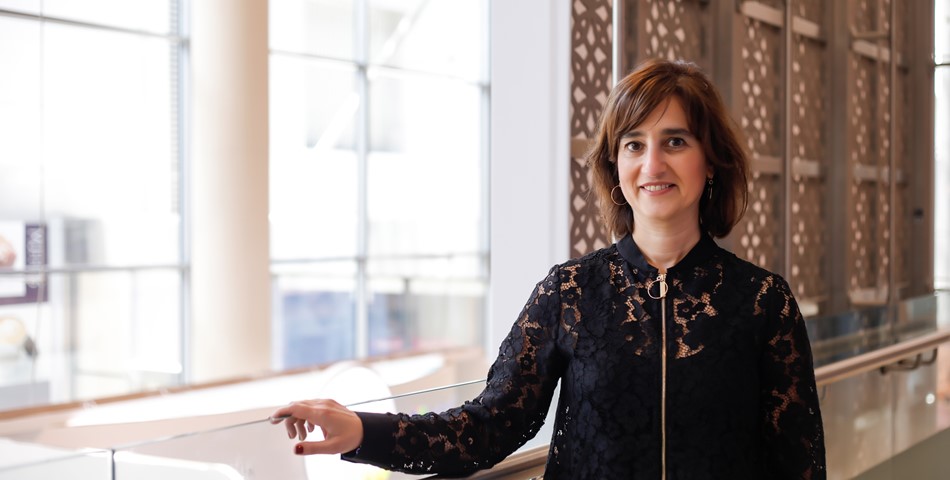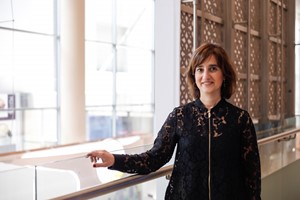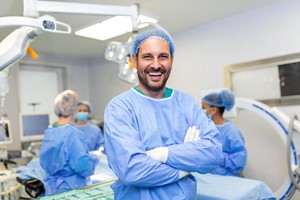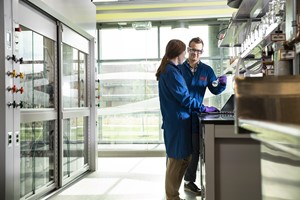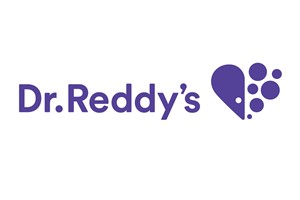Since 2011, Philips has shifted away from the audio-visual, TV business and lighting sectors, and become a leading HealthTech provider. “Healthcare has great potential to incorporate technology in order to provide better care and solutions for patients and providers,” believes Ozlem Fidanci, CEO, Philips, Middle East and Turkey. The entire portfolio now focuses on three groups within healthcare, including consumers, professionals, and homecare. “Our core mission of improving life through meaningful innovation is about helping people live better and healthier lives,” she says. According to Fidanci, this approach is key as healthcare institutions are under constant strain treating chronic health conditions, such as cardiovascular issues, diabetes, and obesity, with many of these illnesses tied to unhealthy lifestyles, including poor diet, lack of sleep, and high stress levels. In her opinion, to address the problem with a lasting solution, “There is a need to increase infrastructure, but there also needs to be a focus on producing better outcomes.” To address this, Philips have set a bold target of improving the lives of 3 billion people a year by 2030. To make this vision a reality, Philips are working towards the Quadruple Aim:
- Delivering better patient outcomes
- Improving patient experience
- Lowering cost of care delivery
- Improving healthcare professional experience
“Our goal is to help care providers realize the Quadruple Aim’s full potential by connecting people, data and technology to create value-based healthcare,” notes Fidanci, with “the delivery of complete solutions for products, software, integrated services, education and training, including maintenance, which leads to improved health outcomes at lower cost, with better staff and patient experience.” Fidanci considers AI-based solutions to “have great potential to improve patient outcomes and the efficiency of care delivery, but they must be based on a thorough understanding of clinical needs and developed in close collaboration with the care providers who use them.” According to Fidanci, Philips combine AI and other technologies along with knowledge of the clinical and operational context in which they are used. “We develop integrated solutions with a people-centered approach, which can be adapted to the needs of healthcare providers and embedded into their workflows to empower people to live healthier lifestyles” she adds. In image-guided therapy, Philips brings the Azurion FlexArm to the market, which makes it easier for clinicians to conduct imaging in 2D and 3D. Due to this unique capacity, the Azurion FlexArm provides minimally invasive alternatives to open surgery. At the same time, with its compact size, it is a convenient addition to operating rooms. Philips’ IQon Elite Spectral CT is the world’s first spectral detector-based CT system, replacing conventional CT scans with layered spectral images, and are in demand due to their high accuracy for disease detection. For radiology departments, Performance Bridge is Philips’ innovative software service solution, which provides real-time data measuring the performance of different equipment, including results, analytics, and suggestions for solving inefficiencies. There is also the issue of recent social distancing requirements, which mean that patients cannot visit healthcare facilities as freely. However, “remote patient monitoring systems and software can enable options for effectively providing virtual care,” explains Fidanci. The Philips eICU solutions, for example, reduce risk of infection by upgrading bedside monitoring capabilities and remotely monitoring vital signs of patients in the Intensive Care Unit (ICU). Bedside staff at the ICU and specialized staff at the eICU center work together to manage patients with COVID-19, providing high-quality medical care from a remote location.



